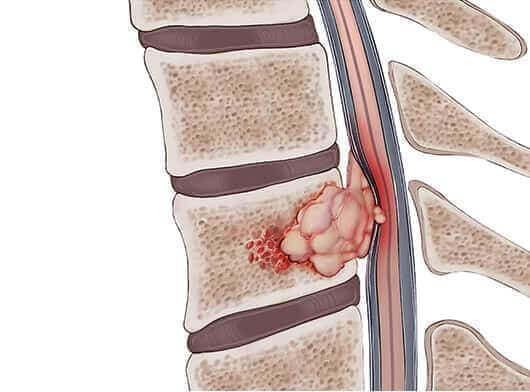- Imaging
- Image-Guided Procedures
- Laboratory
- X-rays – It is a diagnostic test which uses invisible electromagnetic energy beams to produce images of internal tissues, bones, and organs onto film; used to measure and evaluate the curve.
- Computed tomography (CT) scan – It is a rapid, cost-effective, and readily available, simple tool to get basic information about the brain, spine and skull.
- Positron emission tomography (PET-CT) - The PET-CT produces functional and morphological scans by utilising radiation derived from Isotope labelled Glucose molecules that enable the detection of cellular glucose uptake in cancer detection.
- Magnetic Resonance Imaging - Magnetic resonance imaging (MRI) uses the interaction of radio waves and magnetic field, which is processed in a high-speed computer system to produce detailed scan pictures of the tissue, organs, bones, ligament and cartilage.
- CT guided Biopsy - A biopsy is done using a CT scan with or without a dye to help guide a needle into the tumour to remove a small amount of fluid or tissue for pathology evaluation.
- Embolization - This is a technique of interventional radiology to shrink the tumour by slowing down or cutting off the blood supply to the tumour.
- Blood Test - Tumour Markers – Elevated levels of serum calcium or alkaline phosphatase (ALP) may be indicative of spinal tumours.
- Pathology - The tissue sample (biopsy) collected is sent for further evaluation.



.png)
